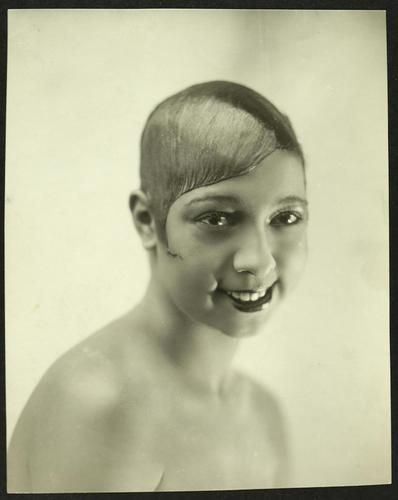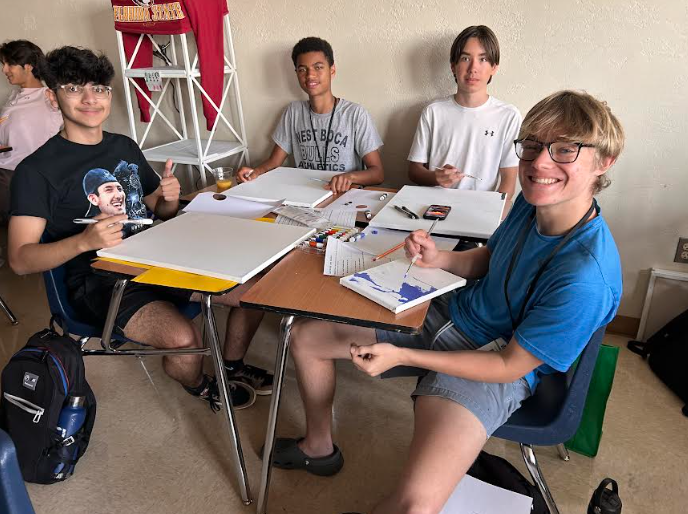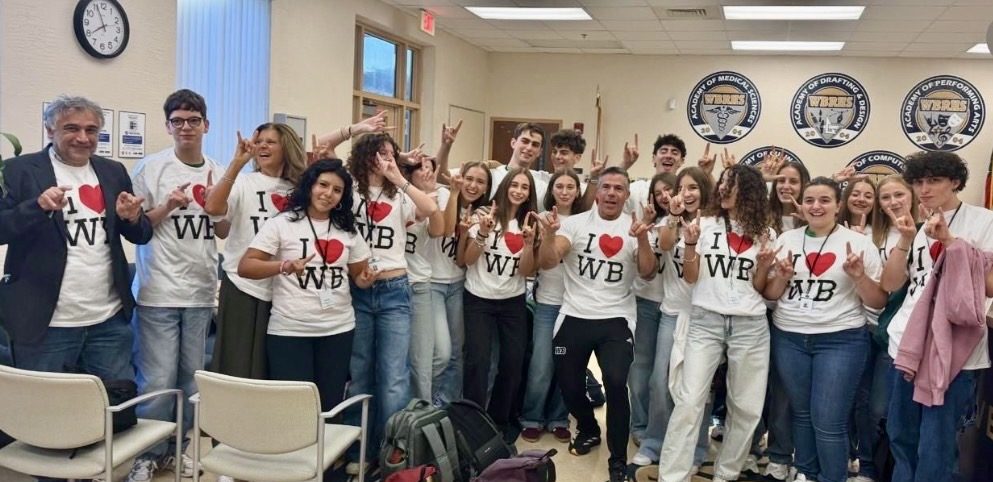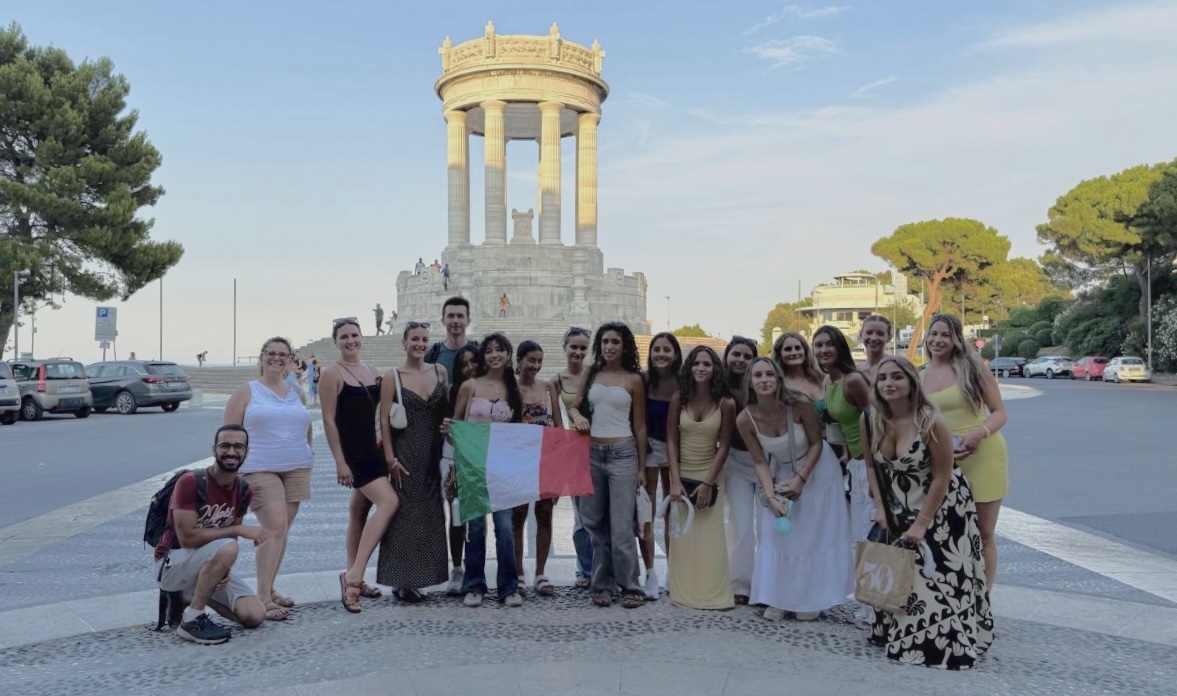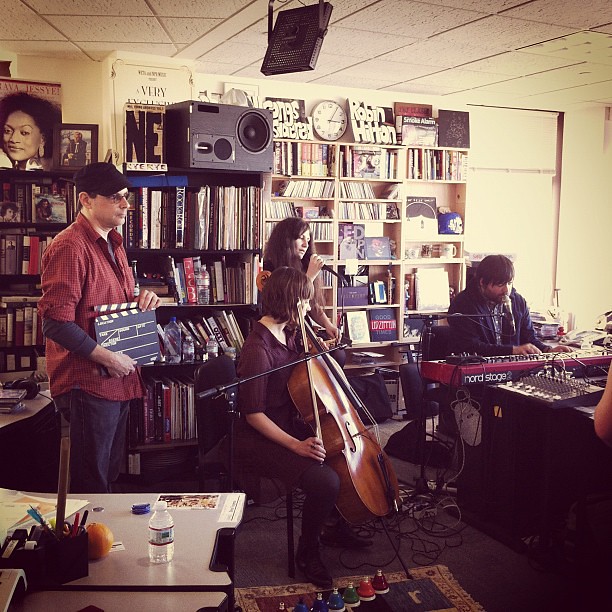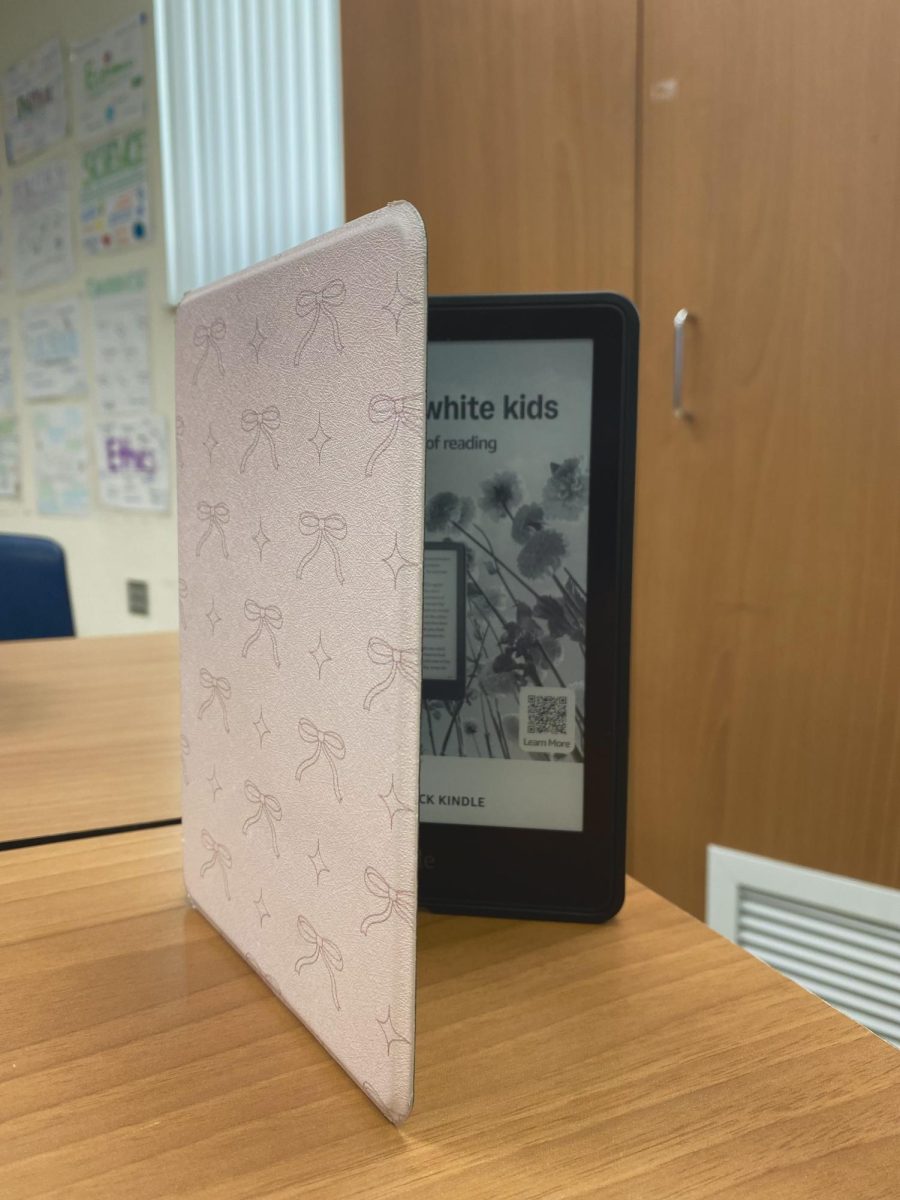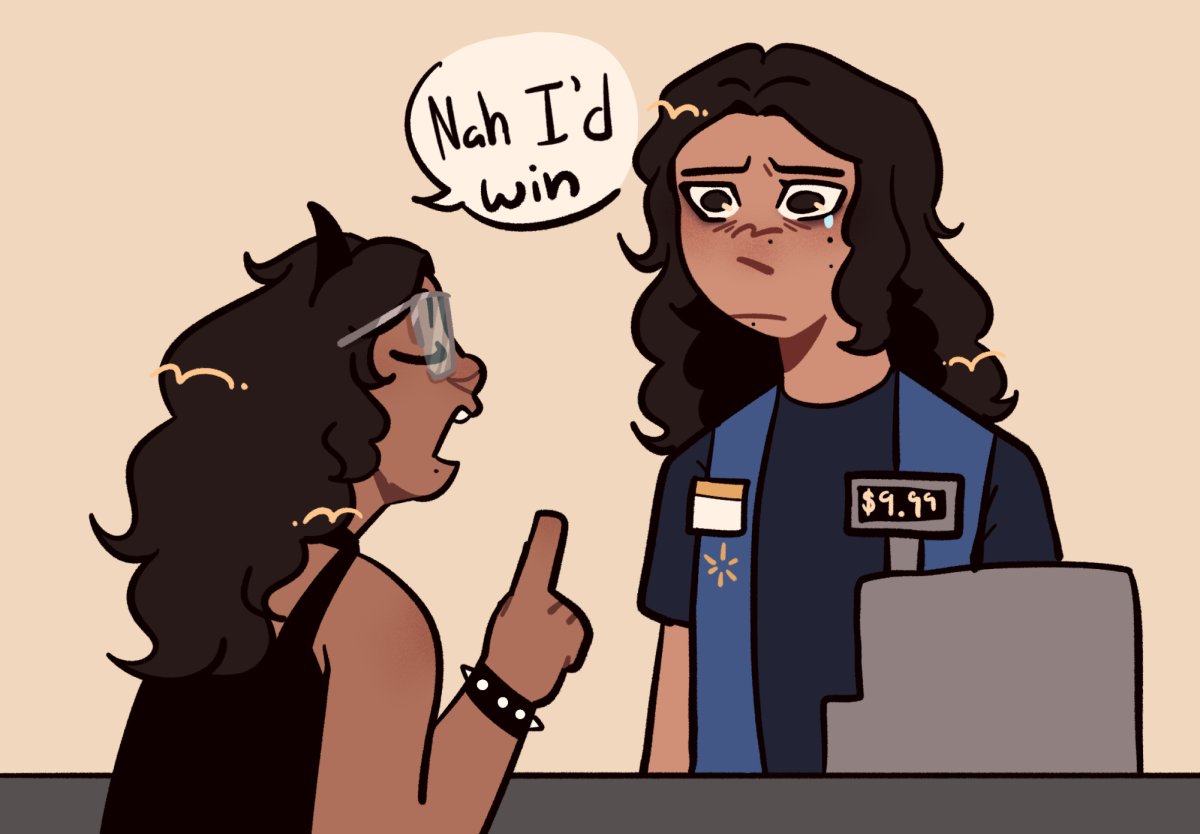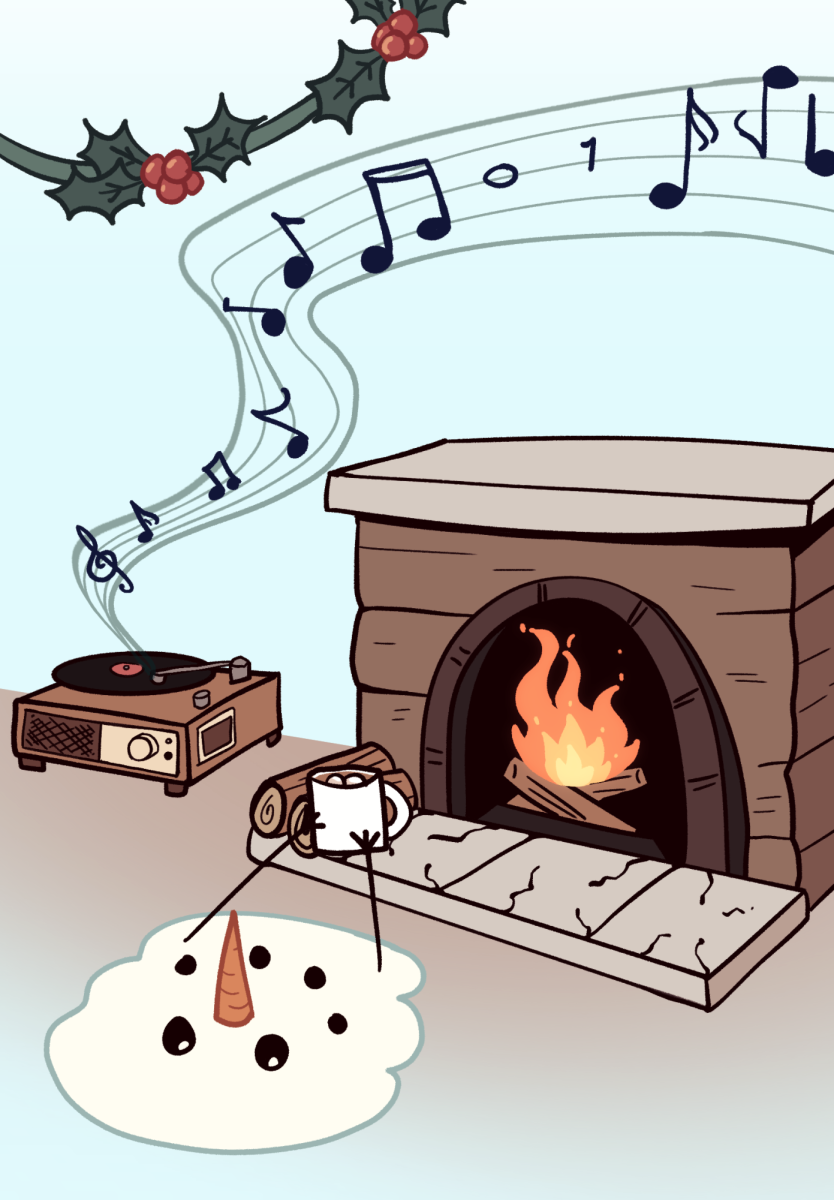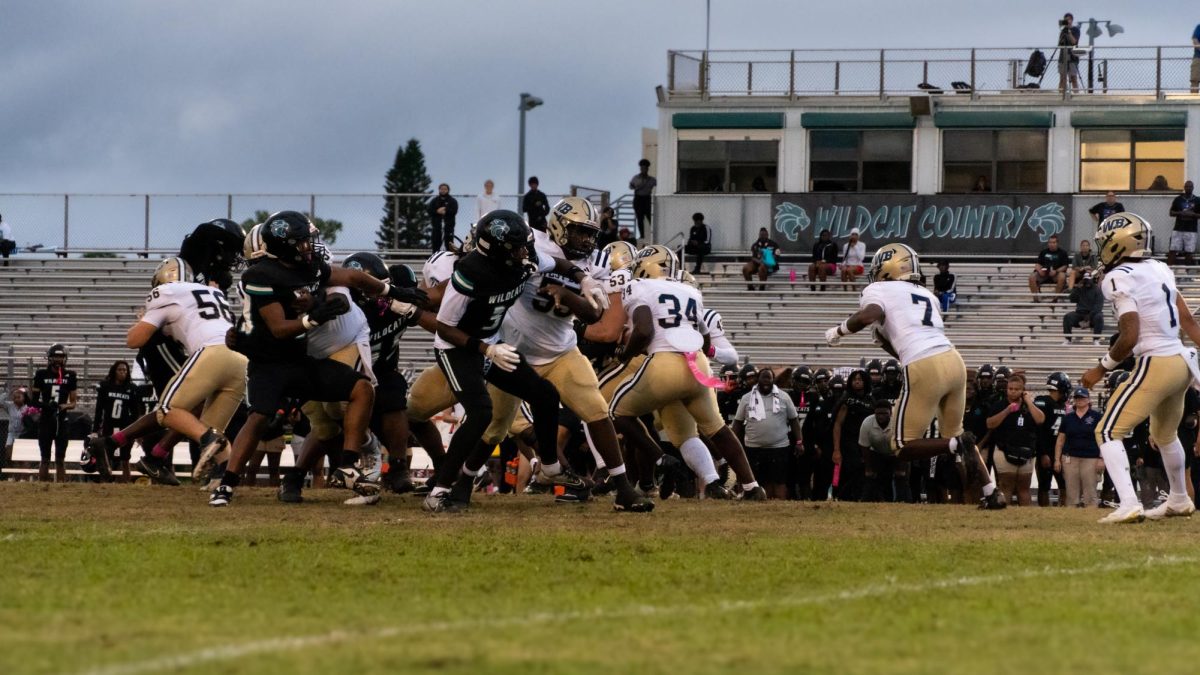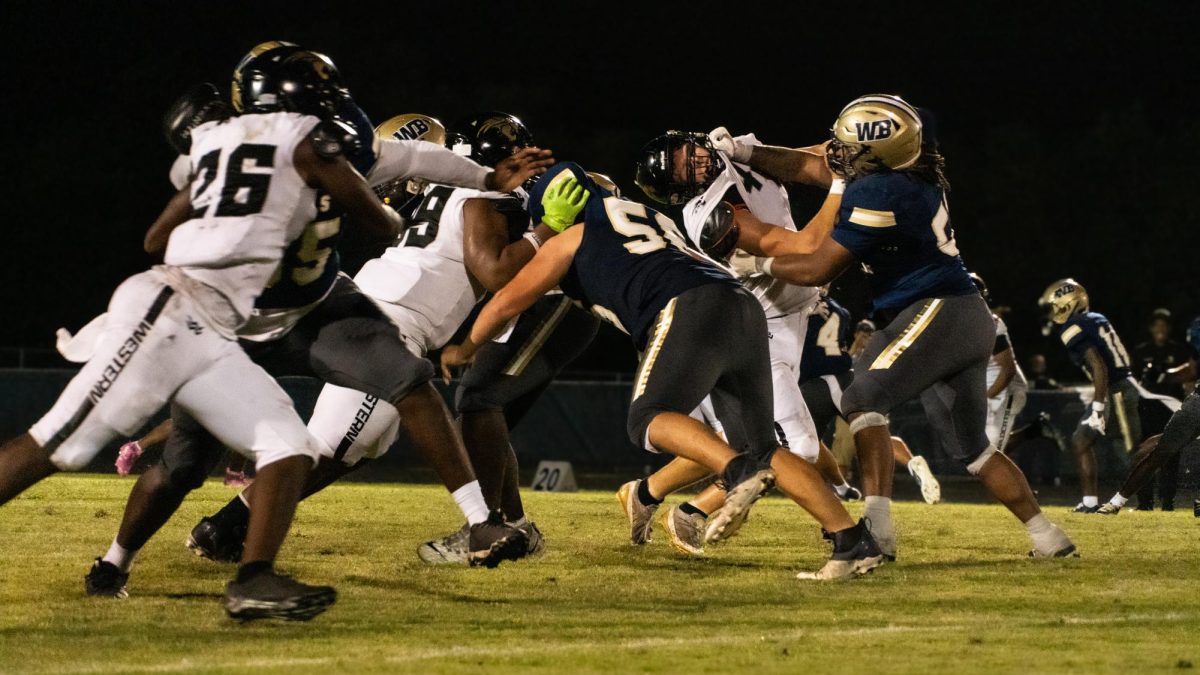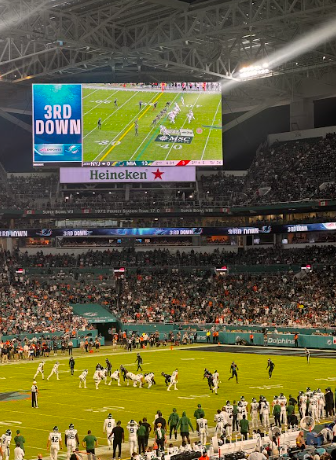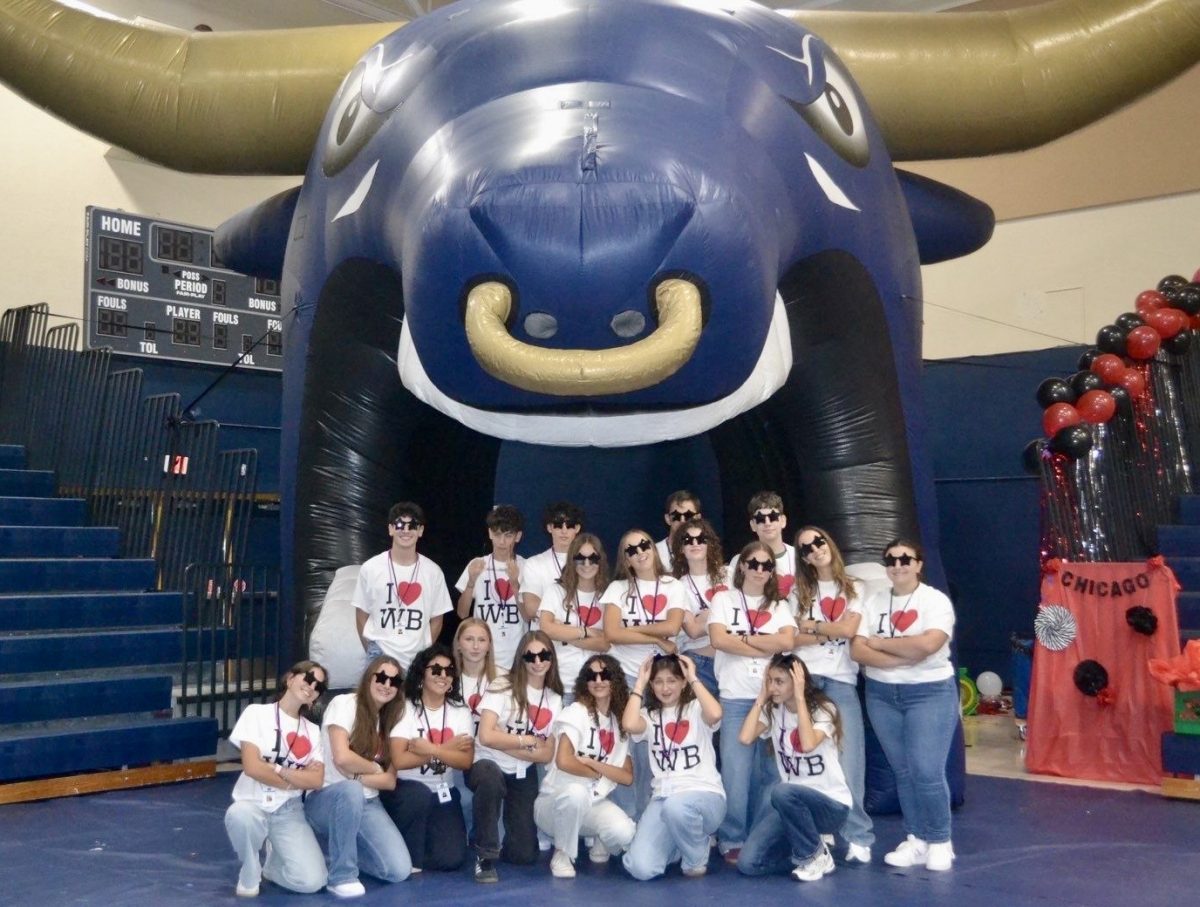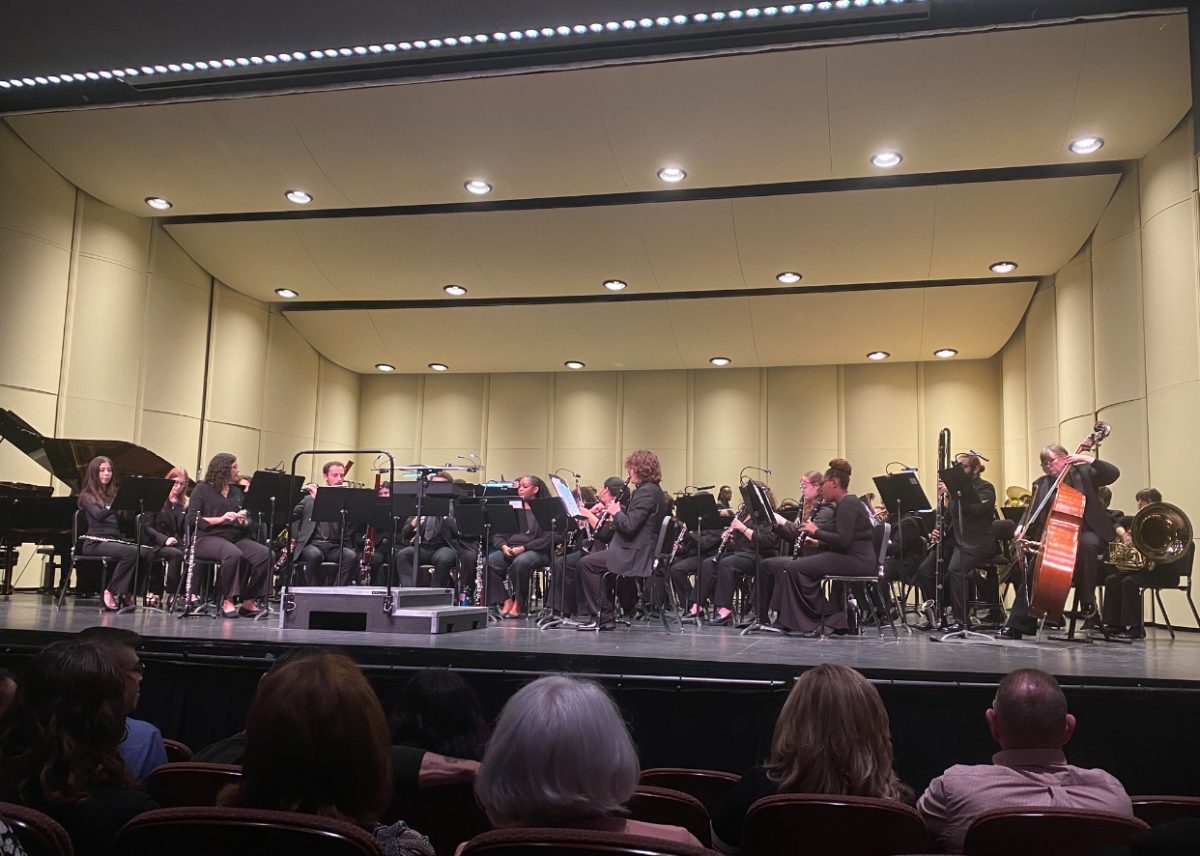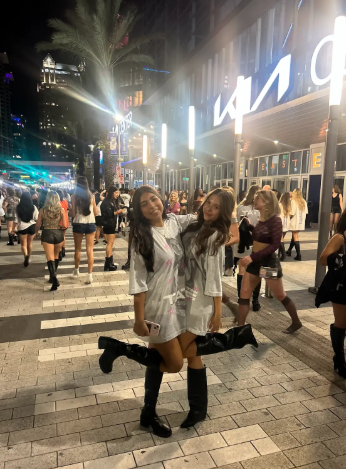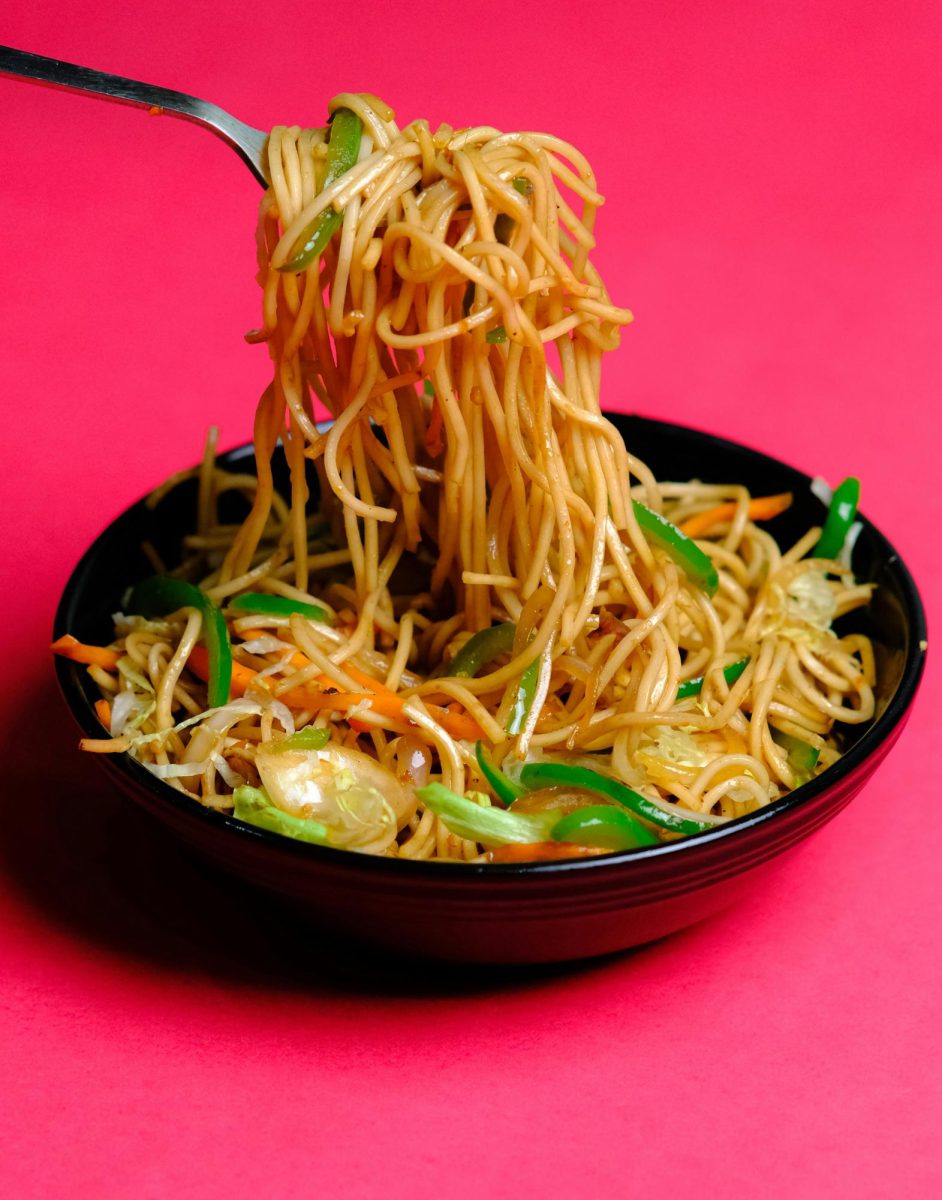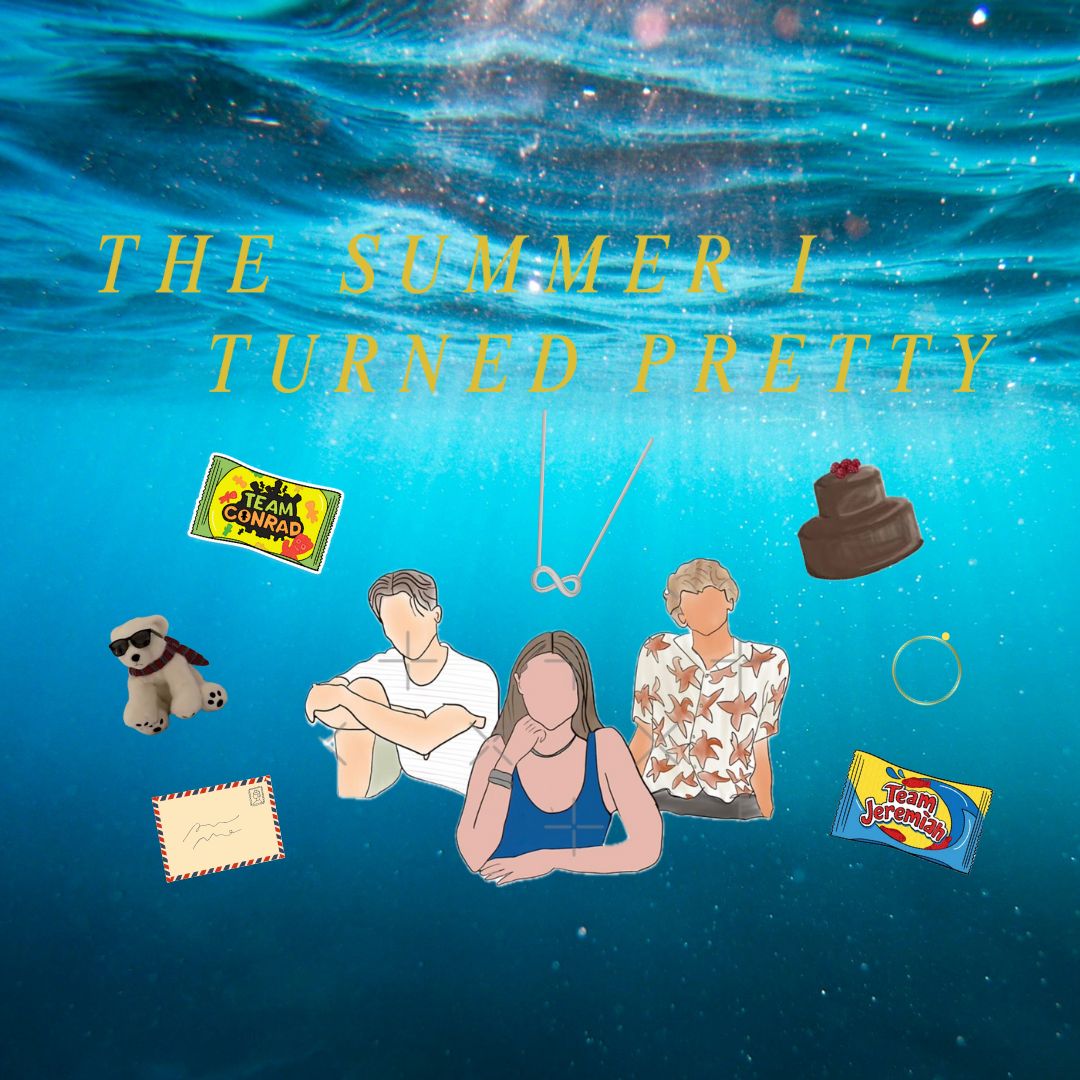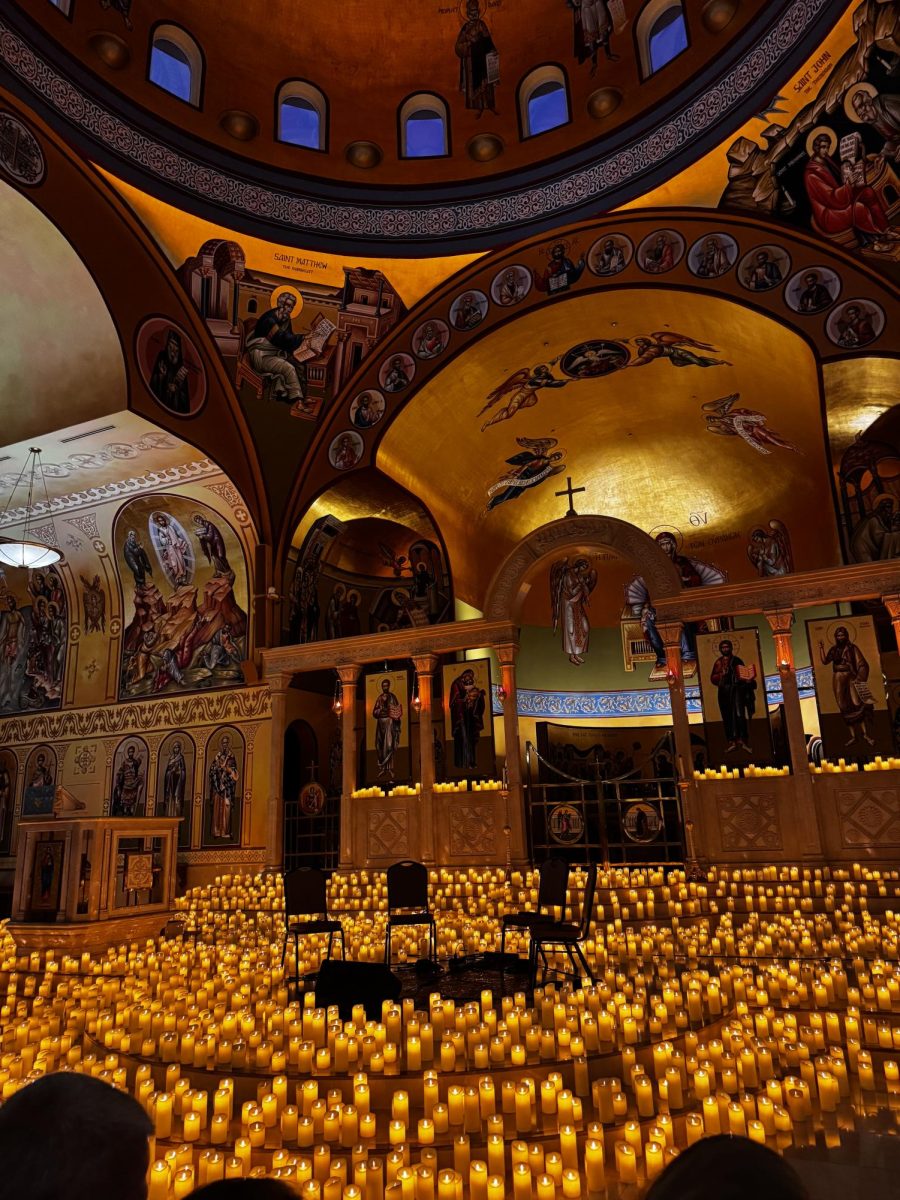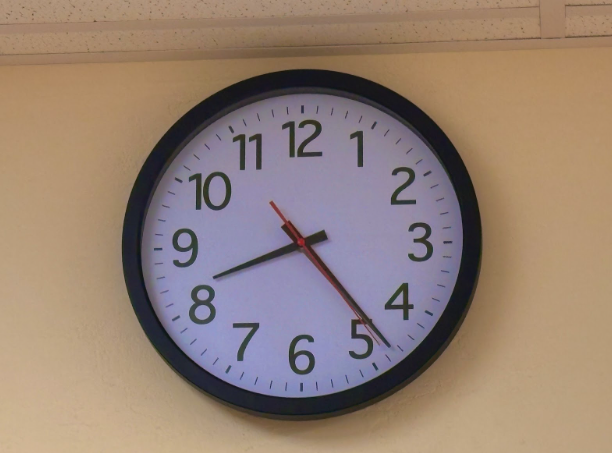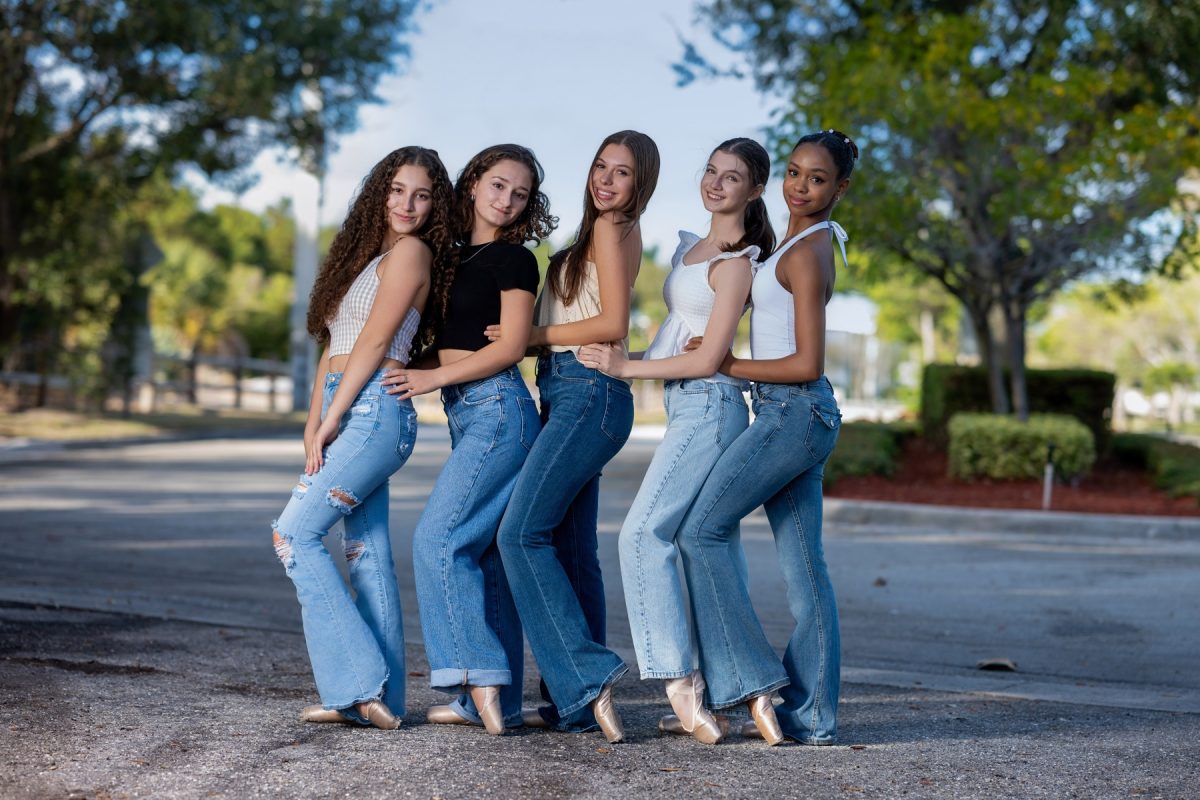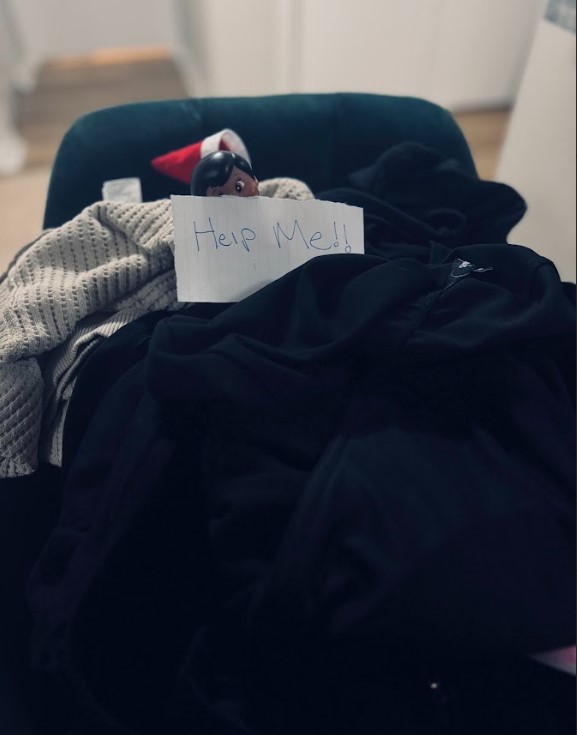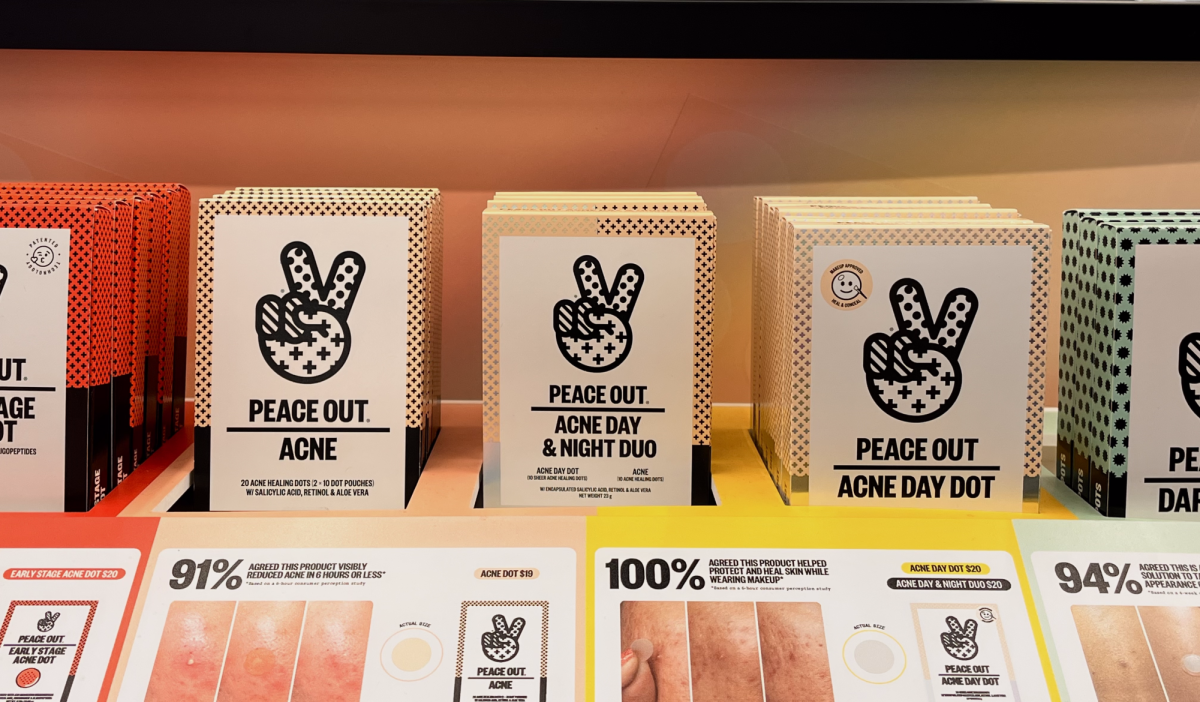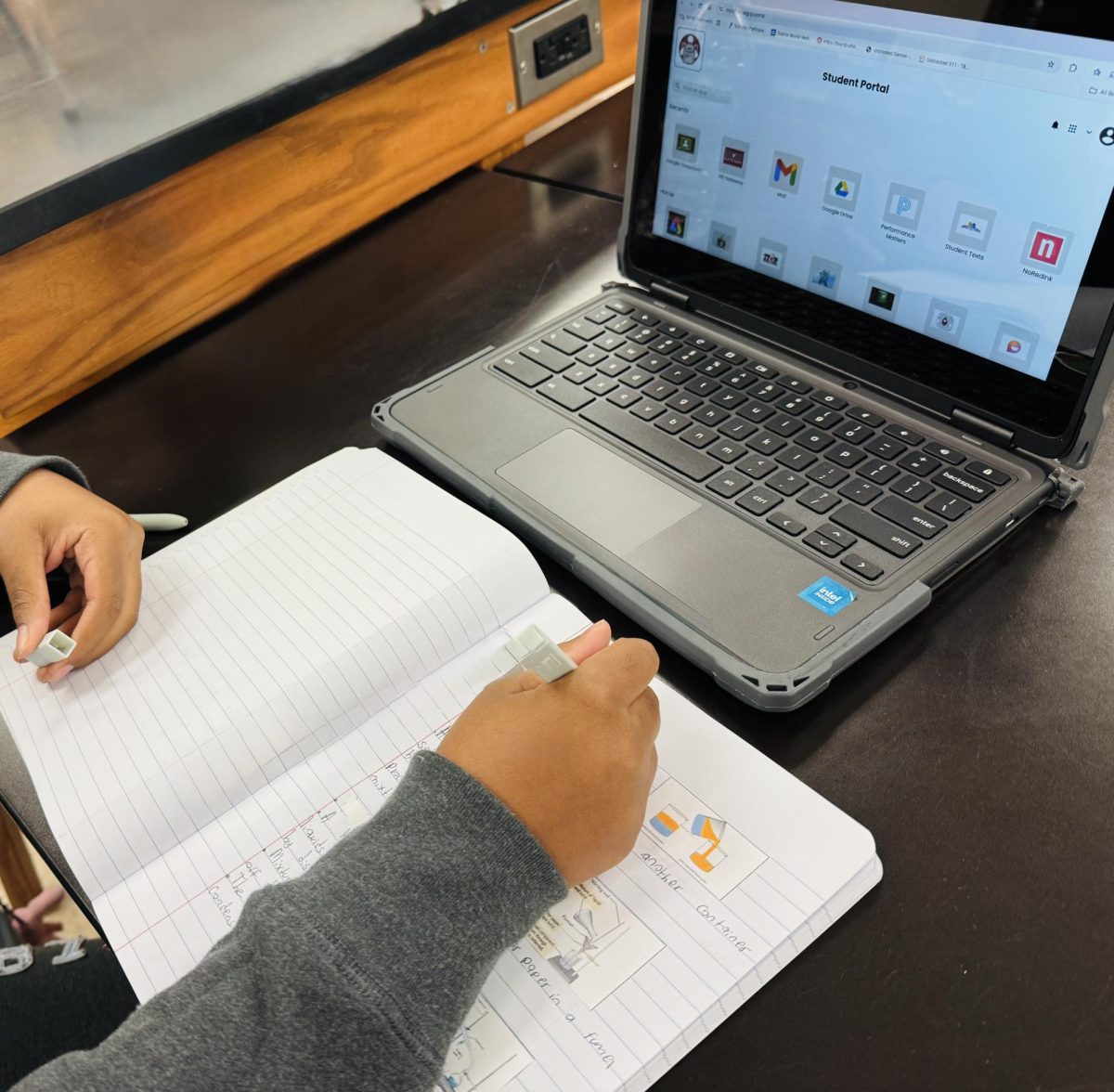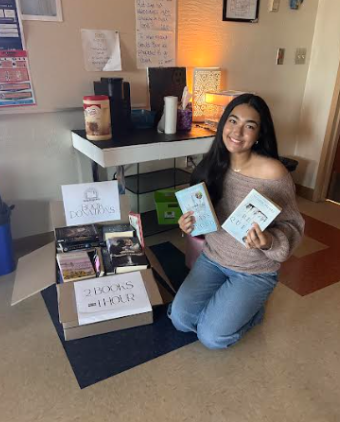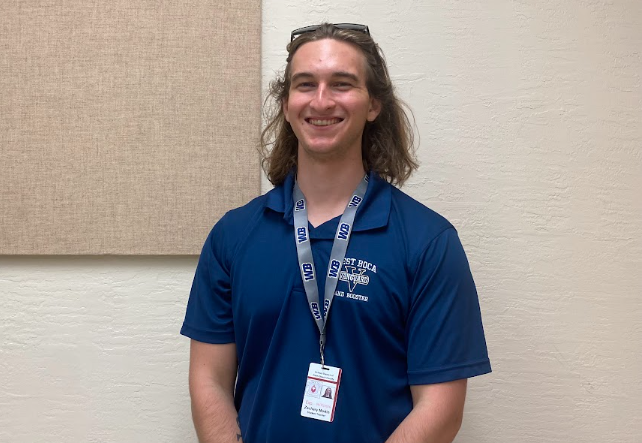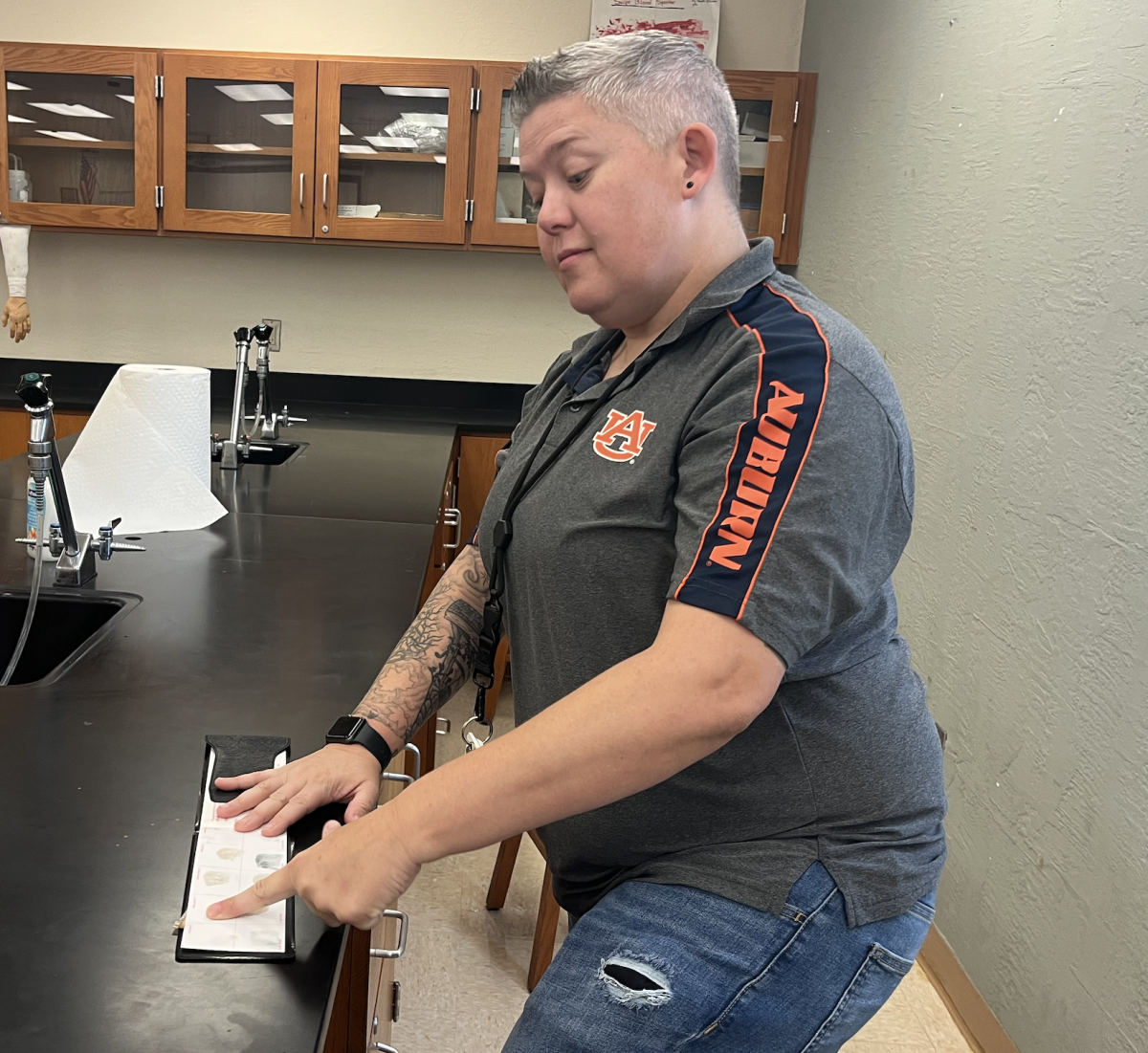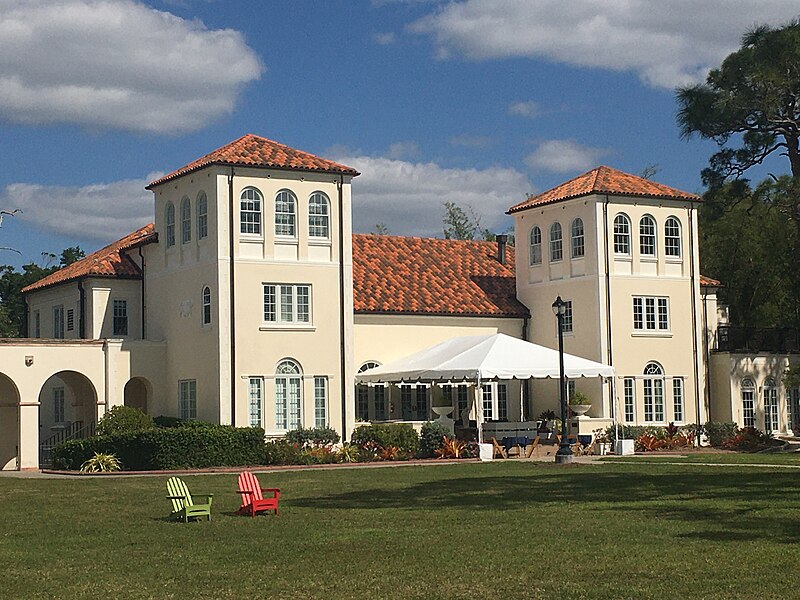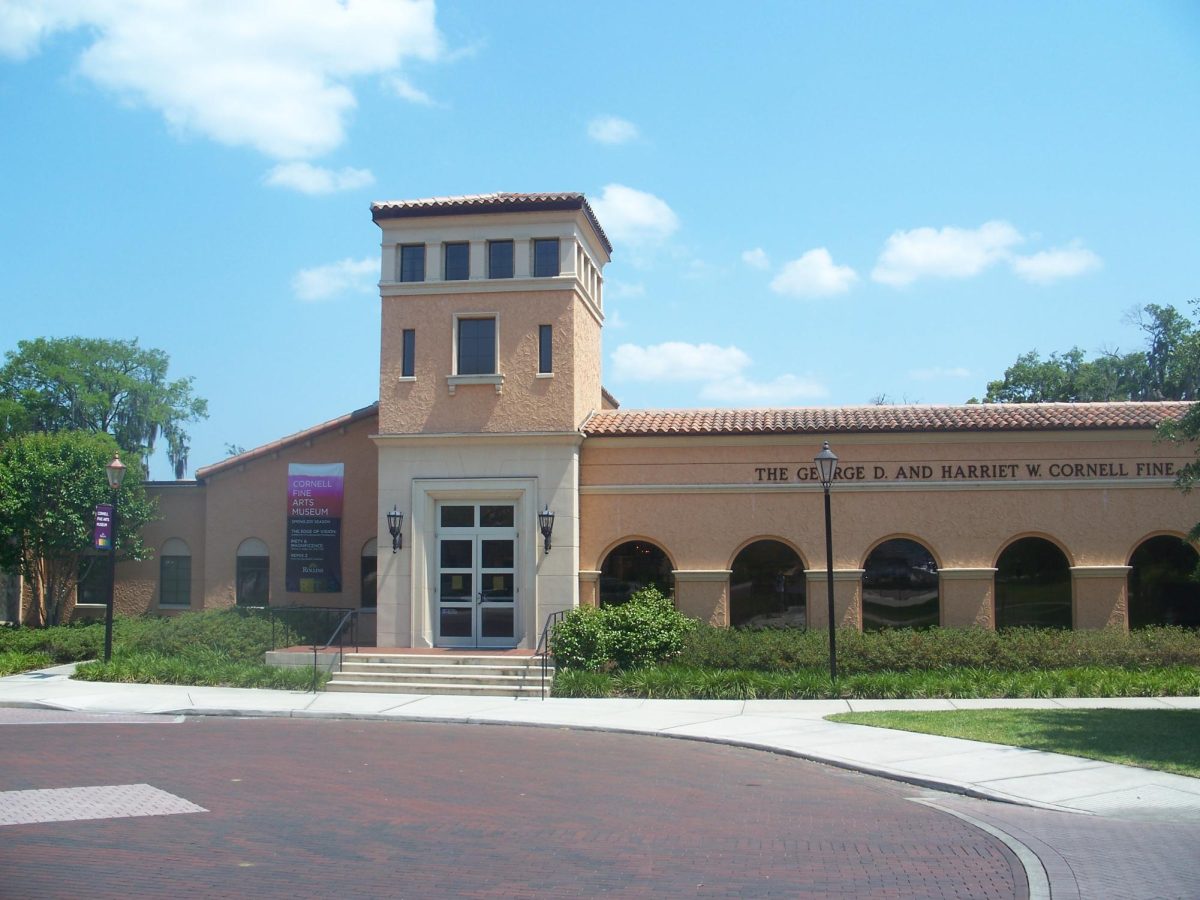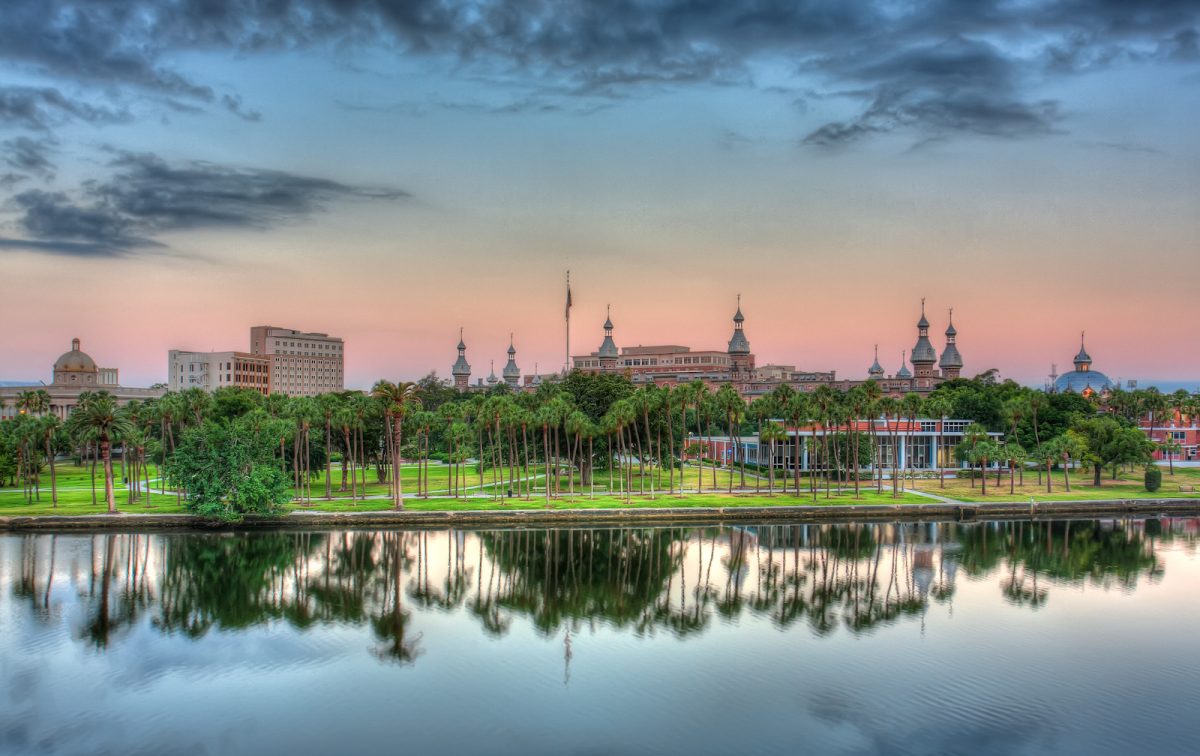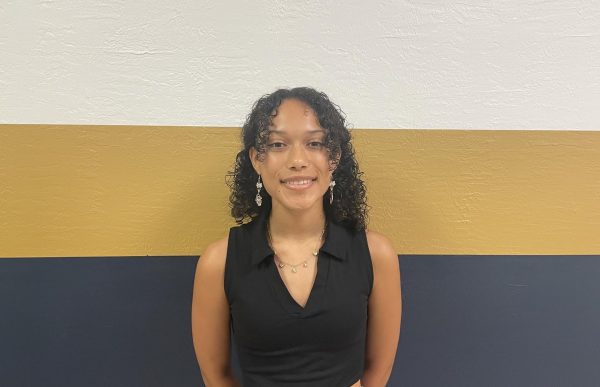The 1920s was the first decade to have a nickname: the “Roaring 20s” and “Jazz Age.” The time is well known for its art, music, and fashion. Although many acknowledge the 1920s for its creativity, not much is talked about how something as simple as a haircut represents the rebellion against the traditional views many were forced into during this time, especially women. The 1920s was also a time when women started fighting for their civil rights, specifically their voting rights.The Women’s Suffrage Movement (voting rights movement) paved the way for women to start fighting for other rights, such as the right to birth control and the right to own property without a man. Many women express their want for change with cultural norms, creating the flapper.
A flapper girl was a young woman who was against traditional norms, they were the rebels of the 20s. She wore short dresses and had short hair. Flapper girls started to appear after World War I and were known for their energetic freedom. They got the name “flapper” because when they danced they would flap their arms like a bird when doing the Charleston move. Flapper girls dress with knee length dresses that were considered short skirts at the time. Their dresses were often cut wide not revealing their curves.They’d drink and smoke as much as they wanted which shocked their traditional Victorian parents.

Many women in the 1920s also started to cut their hair short. They did this as a way to challenge the traditional beauty standards of femininity. Women would cut their hair into bobs or the “shingle”. The bob covered the ears and was cut right at the jawline, cut with bangs or fringes. This hair style was inspired by popular actresses such as Louise Brookes, Marion Davies, and Clara Bow.The bob was the most popular hairstyle worn by flapper girls and soon became the symbol of flappers. Finger waves involve combing the hair near the scalp in an S-pattern. They were first popularized by Josephine Baker, an American born French Jazz dancer, although finger waves weren’t exact to Josesphine’s signature hairstyle.

These fashion shifts may seem small and insignificant but they helped encourage the feminist spirit at the time. Clothing has been used by marginalized groups as a form of rebellion for a long time in order to be seen and heard by those of higher authority. Feminists used their non-traditional fashion to reject oppressive gender norms. As women’s fashion evolved, it helped visualize and reinforce the equal rights movement. Throughout the years, fashion has helped reshape culture norms and values.
